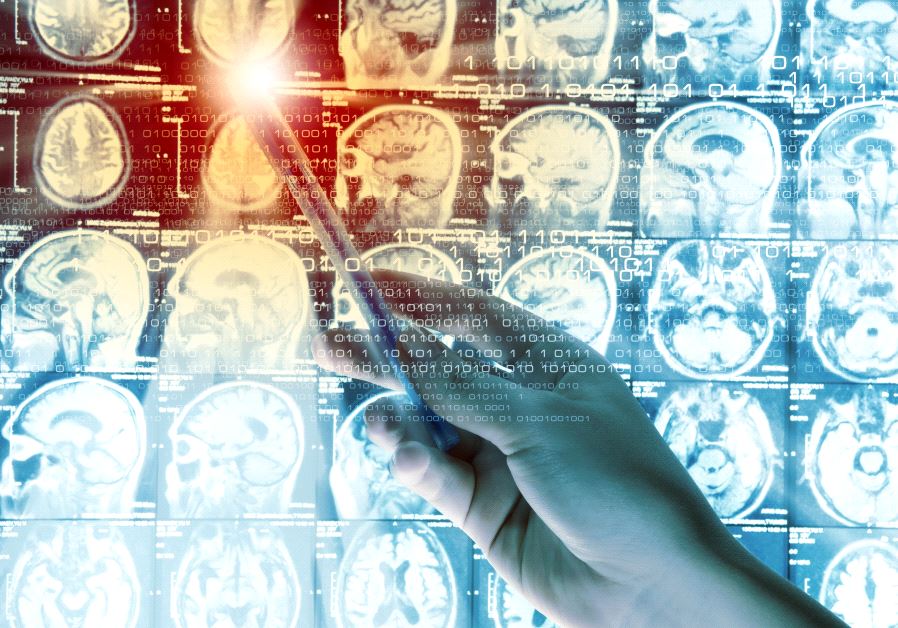Bar-Ilan University researchers find revolutionary brain mechanism
The brain learns in a completely different way than what has been thought for seven decades, according to researchers at Bar-Ilan University.
 Brain scan (illustrative)(photo credit: ING IMAGE/ASAP)Updated:
Brain scan (illustrative)(photo credit: ING IMAGE/ASAP)Updated: